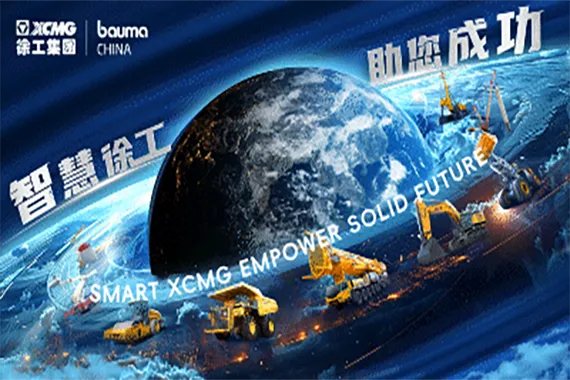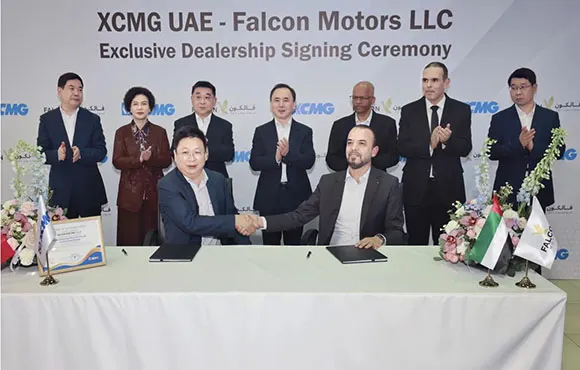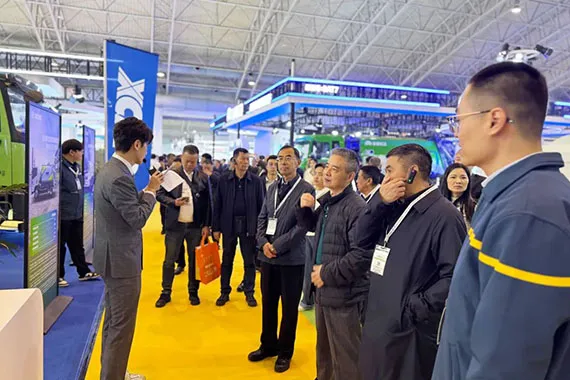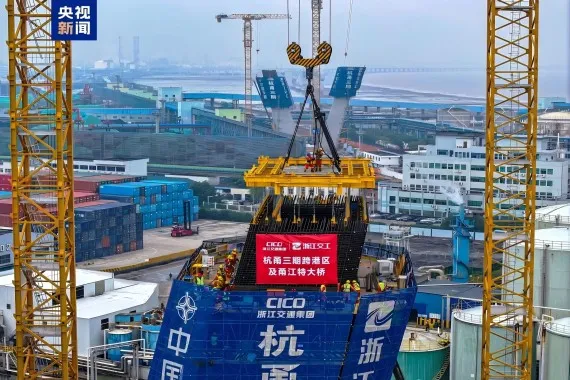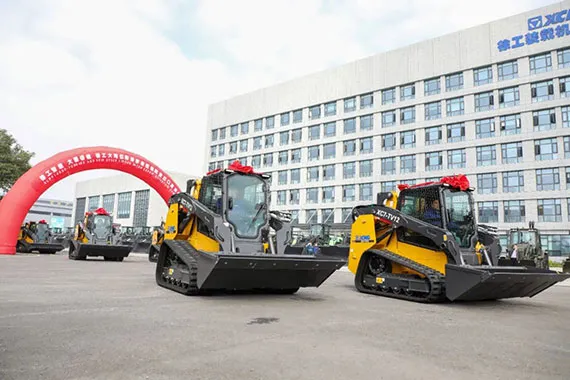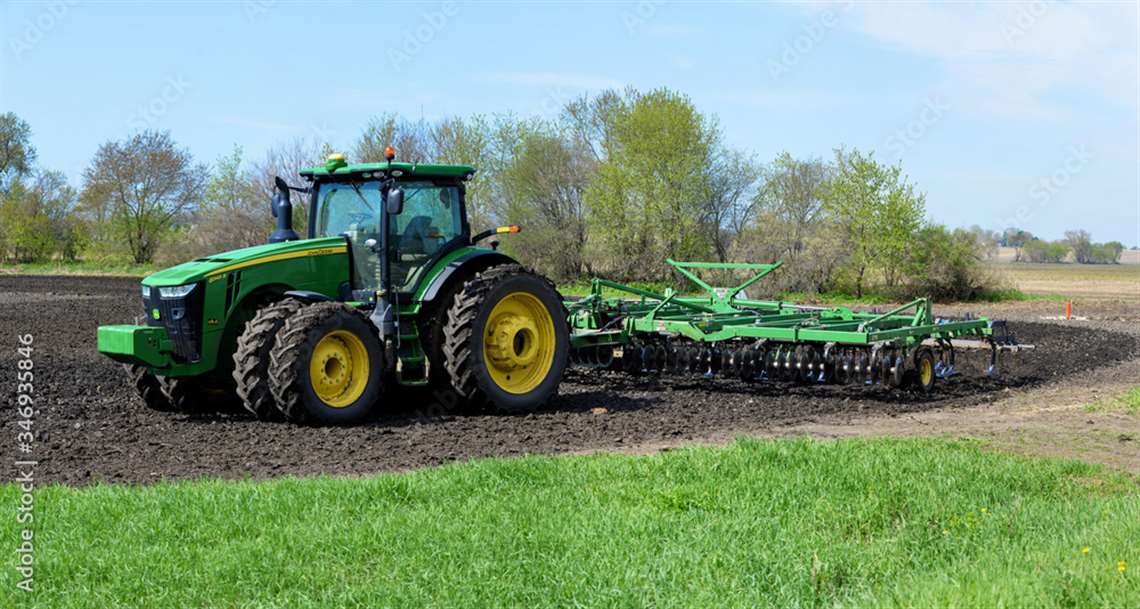The Changing Role of Construction Equipment Dealers
By Lucy Barnard
Vesa Valtonen stands in front of a fleet of
JLG access platforms at the Mansen Mörinät trade show in Pirkkala, Finland, and
scans the lot for potential leads.
As a sales director at Rotator Oy, one of
the country’s most venerable and successful equipment dealers, Valtonen is in a
good position, acting as the official supplier in Finland for brands including
JLG, Hitachi, Bell, Bomag and Metso: Outotec.

With a history stretching back 68 years, a
staff of 160, and eight company offices spread throughout the country, Rotator
is proud of its position in Finland, with OEMs eager to secure the dealer’s
services in what some perceive to be a difficult market.
“We are a very popular dealer with
manufacturers around the world,” Valtonen says. “Quite often we receive
interest from suppliers to be their dealer. And based on our customer
satisfaction surveys, our customers too are extremely happy with our services.”
But, despite the company’s prominence,
Valtonen says that changing business practices among construction companies and
changing technology are forcing the company to adapt its strategy from that of
a sales-focused business to focusing instead on its repairs and advisory
functions.
“Rotator has changed a lot during the
years. It is no longer ‘give me a price on a machine and I will pay seven days
after delivery’. More and more the after-sales business – servicing and repairs
- is a bigger part of Rotator,” Valtonen says.
“Nowadays customers think more of the
machine lifetime costs and rental has a bigger role than in the past.”
And Rotator is not alone. Around the world
equipment dealers – independent companies which specialise in selling,
maintaining and repairing construction machinery - are finding that their
business model, which has in some cases remained constant for more than a
century, is proving inadequate in today’s market.
A big change, Valtonen says, is that more
and more contractors around the world are choosing to rent equipment rather
than buy it, and the trend is for larger rental companies to buy their machines
direct from manufacturers, cutting out traditional dealers.
Rental companies buy direct
“It has not always been this way,” Valtonen
says. “When I started in the business more than 30 years ago, most of the
machines would have been owned by companies - they had their own machinery. But
nowadays they tend to own practically nothing and rent machines instead.”
Valtonen estimates that in the aerial
platform sector, rental companies currently account for around 90% of new
machinery sales, while in the earthmoving sector they are much lower. However,
he expects this to change over time to become more in line with the US and the
UK where most earthmoving machines are also supplied by rental firms.
Even if contractors choose to buy equipment
rather than rent it, he says, 70% of the Rotator’s sales are made on a service
lease basis where customers pay a set monthly fee and the dealer takes care of
machine maintenance.
Martin Sebestyén, is head of fleet
management and pricing at Zeppelin Rental, which has operations in Germany,
Austria, the Czech Republic, Denmark, Slovakia and Sweden and is the sister
company to German Caterpillar dealer Zeppelin Baumaschinen.
He says that despite its close ties with
Zeppelin Baumaschinen, Zeppelin Rental buys direct from Caterpillar and the
other OEMs that it deals with. Some 80% of its equipment comes directly from
manufacturers, covering light equipment, aerial platforms, construction
machines, vehicles and modular space.
With many manufacturers employing key
account managers who deal directly with the large orders from rental firms,
Sebestyén says it is often more efficient and simpler for firms like his to
place large orders directly rather than dealing with multiple dealers in
different countries.
“Manufacturers usually cover orders for all
the countries which simplifies our internal order processes,” Sebestyén says.
“Another advantage when dealing directly with the manufacturer is the direct
contact in case of challenges such as shipment difficulties or machine failures.”
A change in the dealer business model
In the US, Ken Taylor, who is the 2022
Chairman of US-based Associated Equipment Distributors (AED) - which represents
the interests of equipment distributors in construction, agriculture, mining
and forestry - and owner and President of Ohio-based Caterpillar dealer Ohio
CAT, says that the rise of the rental industry has fundamentally changed the
dealer business model. As a dealer which has grown its own in-house rental
business, Taylor says rental now makes up two fifths of his business and could
potentially grow further in future.
“Traditionally the business was split three
ways between sales, parts and service,” he says. “But since the 1990s we have
seen the rise of the rental industry. These days our own rental operation
accounts for around 40% of the business, while parts makes up another 15-20%
and service brings in around 10-15% and sales makes up the rest.”
Maintenance and servicing
Valtonen says that in a sparsely
populated country like Finland where contractors are spread over large
distances, both manufacturers and rental companies rely on dealer networks to
provide repairs and services.
“How do the manufacturers service the
machines if they don’t have a proper dealer?” he asks. “In Finland if you go to
Lapland from Helsinki, it is 1,300 km. If you go to the middle of the country,
it is 600km.
“At Rotator, we have eight facilities and
13 service contractors in the smaller places and 37 service cars. This is the
most important reason why we are so in demand with the manufacturers. We cover
the whole of Finland with our service network.
“Wherever you are situated we can serve you
locally. If it is a repair job, think how much more costly it will be if it is
not local dealer. We are nearby so we only need to calculate perhaps a journey
of 50km. If you need to drive 600km you cannot always be there the next day.
Valtonen adds that rental companies are -
not surprisingly - open to outsourcing; “Even the rental companies, they have
depots all over Finland with thousands of machines of all kinds - tools,
compaction equipment, excavators, access platforms. Typically, they have one
sales guy, one secretary and one mechanic. This one mechanic cannot fix
everything.”
And, for manufacturers from Asia and
elsewhere looking to undercut existing OEMs and break into new markets,
establishing a robust dealer network with the ability to service and repair
machines is key to winning new business.
Rental companies such as Zeppelin Rental
say that finding a suitable dealer network able to repair and maintain each
particular brand of machinery they use would be a prerequisite before entering
a new country.
Valtonen goes further: “Customers won’t
want to buy from any company if they can see that there is no technical
support,” he says. “Typically all rental firms will ask what kind of support
they will receive if they buy the machines. Even if the products are much
cheaper then they won’t want to buy them because they are not able to manage
the machines.”
Predictive maintenance
And, as computer technology becomes more
and more integrated into construction machinery, dealers are seeing an
opportunity to deepen their service and repair offering.
“Normally the customer calls us and tells
us the machine is broken and then we need to get our mechanics to see the
problem and then we need to order the part and then, when it arrives in the
office we can return to the customer and fix the machine,” Valtonen says.
“With the new technology the dealer can
already see - sometimes before the customer - that there will be some kind of
failure. We already know what the problem is before we go, so we can take the
spare part with us and fix the machine. Sometimes we can even fix some things
with the computer in our office. From an end user’s point of view, it is
cheaper because he is paying for our time. I think this is the future.”
However, there are also some complications
for dealers in this area of equipment repair. The requirement from OEMs that
only official dealers can carry out repairs without compromising a machine’s
warranty, coupled with the increasing use of computer software which requires
access to specialist diagnostic equipment, has provoked some ‘Right to Repair’
protests in the US, EU and Australia.
These protests - which have also been seen
in mobile phone and medical equipment markets - centre on the claim that by
failing to provide independent repair shops with access to service manuals,
diagnostic tools and parts, manufacturers and dealers are acting in an
anti-competitive manner that is pushing prices up for consumers.
In 2022 a succession of farmers in the US
filed lawsuits against construction and agricultural manufacturer John Deere.
They say that Deere dealers’ repair businesses are much more profitable than
their sales business and that by making it difficult for other mechanics to
undertake repairs, the official dealers have been able to charge prices beyond
what would be possible if there was free competition.
Deere has responded to these concerns,
saying that it “fully support[s] a customer safely maintaining, diagnosing, and
repairing their own equipment...We do not support customers modifying embedded
software due to risks related to the safe operation of equipment, emissions
compliance, engine performance, data security, warranty validation, and resale
value.”
In March this year it announced that it
would give customers and independent repair shops greater access to self diagnostic
and repair resources, including the ability to buy its Customer Service ADVISOR
directly from JohnDeereStore.com.
The right to repair
The right to repair movement last year
prompted US president Joe Biden to sign an executive order aimed at making
repairs easier for customers while at least 27 US states have considered right
to repair legislation. Similar laws are being considered in the EU and
Australia.
“The whole Right to Repair topic has gotten
a bit out of hand over the past year,” says AED’s Ken Taylor, who has testified
to the US and Canadian governments on the subject. “It appears that’s because
other industries such as cell phones and consumer electronics have raised
similar issues. The best answer that I can give is that we support our customers
doing their own repairs where it is safe for them to do so and it does not
infringe IP [intellectual property].
“What we don’t support is customers who
want to modify their machines where that comes at a risk, for example disabling
emissions controls, which is a government requirement, or disabling safety
features. One of our main concerns is within used equipment sales. We don’t
want to be in a position where we unknowingly sell on a machine on which safety
features have been disabled.
“Overall, on the ground in our industry,
this is rarely an issue for customers. For our industry at least, it is a
solution in search of a problem.”
In Finland, Valtonen says that he has seen
cases where problems are created when customers attempt to do their own repairs.
“If the end user tries to fix it himself
there can be problems because machines are becoming more and more complicated
and almost every machine has some kind of computer,” he says. “This isn’t the
sort of job anyone can do. Our technicians must be very well trained.”
Second hand equipment sales
Another area where dealers are proving
their worth, Sebestyén says, is in selling used equipment. Although Zeppelin
Rental has sold some of its fleet through auctions, Sebestyén says that in
general central European markets still prefer to tap into dealers’ experience and negotiation skills to sell used equipment.
“Dealerships are needed for used sales,” he
says. “They usually have the knowledge and expertise to also sell great amounts
of used machines and provide the respective warranty. With electric machinery,
someone will also need to take care of the used batteries.”
Valtonen agrees; “One of the biggest jobs a
dealer has to do is to handle old machines. Almost every time when we sell a
machine, the customer wants to trade in a used machine.”
And, he says, by offering this sort of
specialist fleet management advice about how much a machine is likely to fetch
on the open market in five years’ time, dealerships like his can continue to
prove their worth to customers.
“We try to ensure that our salesmen are
more professional people who, together with the customer, try to advise the
customer,” he says. “To do this you really need to know not only the machines
but have some idea of economics of Europe and Finland and other business areas,
and what is coming from the law and environmental point of view. Really
planning those big investments carefully together with the customers.
“Is it better to buy more expensive
electric machine or a cheaper diesel machine? How long will these machines last
for? How much the oil will be? What sort of market will there be for used
electric machines and what kind of residual value it will have when they come
to sell?”
Daniel Fisher, Senior Vice President for
Government and External Affairs at Associated Equipment Distributors, sums it
up neatly; “For many years we have been hearing in the media about the demise of
dealers, due to the rise of Amazon or new technology etc, etc. And yet we get
dozens and dozens of approaches by new manufacturers from around the world
looking to sign up dealers.
“I see that as proof that OEMs are more
reliant on dealer networks today than ever before and distribution networks,
certainly in the US and Canada, remain as strong as ever.“
